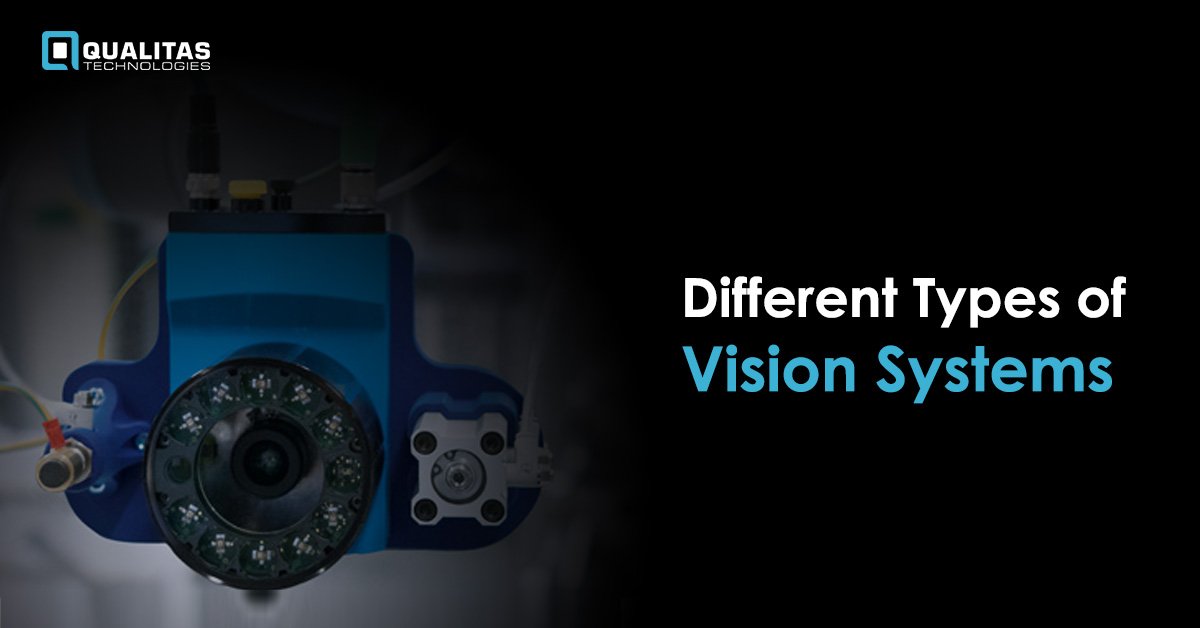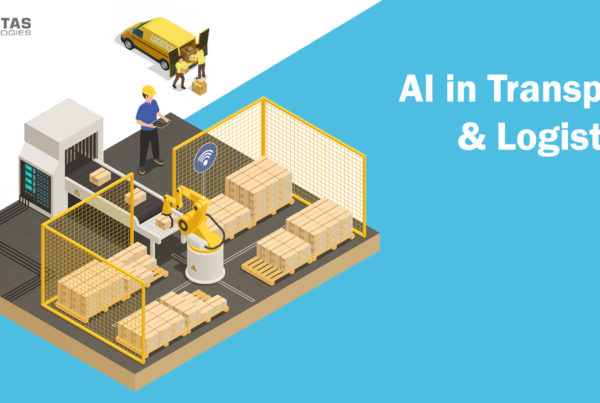
Introduction to Machine Vision
The term ‘Machine Vision’ has gathered quite some hype these days, emerging as a powerful and cost-effective solution to accomplish repetitive and erroneous tasks. Unlike the human workforce that fails in inspecting all the details of the products and incur considerable time and costs, machine vision can get the same job done with incredible speed and accuracy. Some of the plethoras of benefits offered by Machine Vision systems are the following:
- Automating repetitive and arduous tasks ensures seamless workflow and spares employees the time to indulge in creative thinking and problem-solving.
- Drastically reduces operational and maintenance costs and saves hours of manual labor.
- Delivers unparalleled accuracy and precision, detecting even miniature defects.
- Minimizes human intervention and hence, eliminates possibilities of contamination and errors.
- Can perform tedious tasks in hazardous environments.
In 2017, MarketWatch cited that the machine vision market valued at USD 6.41 billion in 2017, is expected to reach USD 13.53 billion by 2023, at a CAGR of 13.27% during the forecast period 2018-2023. This is statistical evidence that corporations are increasingly leveraging machine vision to achieve greater profits.
Also, Read Automation Trends to Watch in 2021
How Machine Vision System Works
Let’s assume our machine vision system inspects products. In this scenario, first, the sensors detect if any product is present. After verifying this, the sensor triggers the camera to capture the image and the illumination system to highlight its features. Next, a frame grabber takes this image and translates it into a digital output. After being stored in the computer’s memory, the system software analyzes the image based on predetermined criteria. If the product fails to pass the quality tests, it is automatically rejected.
Also, Read Identifying Requirements for a Machine Vision Project
Types of Vision Systems
A massive range of machine vision systems are available in the market, each being characterized by different levels of flexibility, performance, and cost. Vision systems can be divided into three classes, which are the following:
1. Smart camera-based vision systems
Smart cameras consist of a sensor, processor, and I/O in a compact arrangement, generally no bigger than a standard industrial camera. These solutions offer a simple and intuitive interface that facilitates easy operations with minimal training. To configure machine vision systems for inspection tasks, a computer needs to be connected to the smart camera via a network interface. This connection, however, is not required during the runtime. A major advantage of smart cameras is their compact design and easy communication of results.
Also, Read Smart Cameras VS Multi-Camera Vision: How to choose the right fit for you
2. PC based vision systems
The classical PC-based machine vision systems have an industrial computer at its heart that manages and communicates with all the other peripheral devices like cameras and lights. After processing the inputs from cameras and analyzing the information via the software, the computer communicates the decisions to the other devices. When the application requirements demand high processing power, a number of cameras, or dedicated FPGA processors, PC based vision systems come into the picture.
3. Compact vision systems
The compact version system is much like a ‘lighter’ version of a PC based vision system. It is based on embedded processing technology and usually includes a graphics card that captures and transfers the data to a separate peripheral device like an external monitor to be viewed. Generally, compact vision systems also have an inbuilt graphical user interface that is operated easily using a touch screen monitor or mouse. Sometimes, compact vision systems manage not only manage first-level inputs like the camera and trigger inputs but also have embedded ones.
Which type of system is suitable for you?
To choose the perfect kind of machine vision system to address your requirements, it is imperative to know the characteristics of each vision system type.
Also, Read Camera Types for Machine Vision Applications
1. Smart camera-based
- The simplest and most cost-effective vision systems are based on smart cameras.
- Recommended for simpler applications.
- Easy to set up and deliver the basic functionalities of vision systems in a compact form.
2. PC based vision system
- Solutions based on PC systems offer the highest degree of flexibility.
- High performance and computing power.
- Occupy a significant amount of space and are quite expensive.
- Recommended for complex applications that demand multiple inspection tasks to be carried out at a fast rate.
3. Compact vision systems
- Compact vision systems offer optimized heat dissipation.
- Enable the usage of fast processors to achieve maximum performance in a robust and compact structure.
- Allows simultaneous operation of multiple cameras.
- Recommended for less demanding applications.
Also, Read How Machine Vision Cameras Have Transformed Electronics Inspection
Conclusion
Machine vision systems ensure seamless workflows in tedious and repetitive operations like positioning, measurement, counting, and flaw detection, which can be mind-numbing if done manually. Some of its prominent benefits include enhanced productivity, quicker turnaround,
compliance with standards, and higher flexibility. Quality control is a major factor driving its incorporation into industries like automotive, pharmaceutical, and F&B.
In this article, we categorized machine vision systems into three major types: Smart camera-based vision system, Compact vision system, and PC based vision system. Once correctly implemented, modifying or replacing the machine vision systems can incur you a lot of your valuable time and a considerable amount of money. Thus, it is essential that you set clear business objectives and have reasonable demands from your vision systems before jumping to the selection process. We have comprehensively explained the types of vision systems, their features, characteristics, and limitations to help you choose the apt kind of system to meet your requirements.
The appropriate operating systems and associated components should also be chosen diligently. Modern cameras generate data at high rates, and the software demand high performance and computational speed. Due to such heavy loads, it is imperative to ensure maximum compatibility for optimal performance.
Get In Touch With Us





